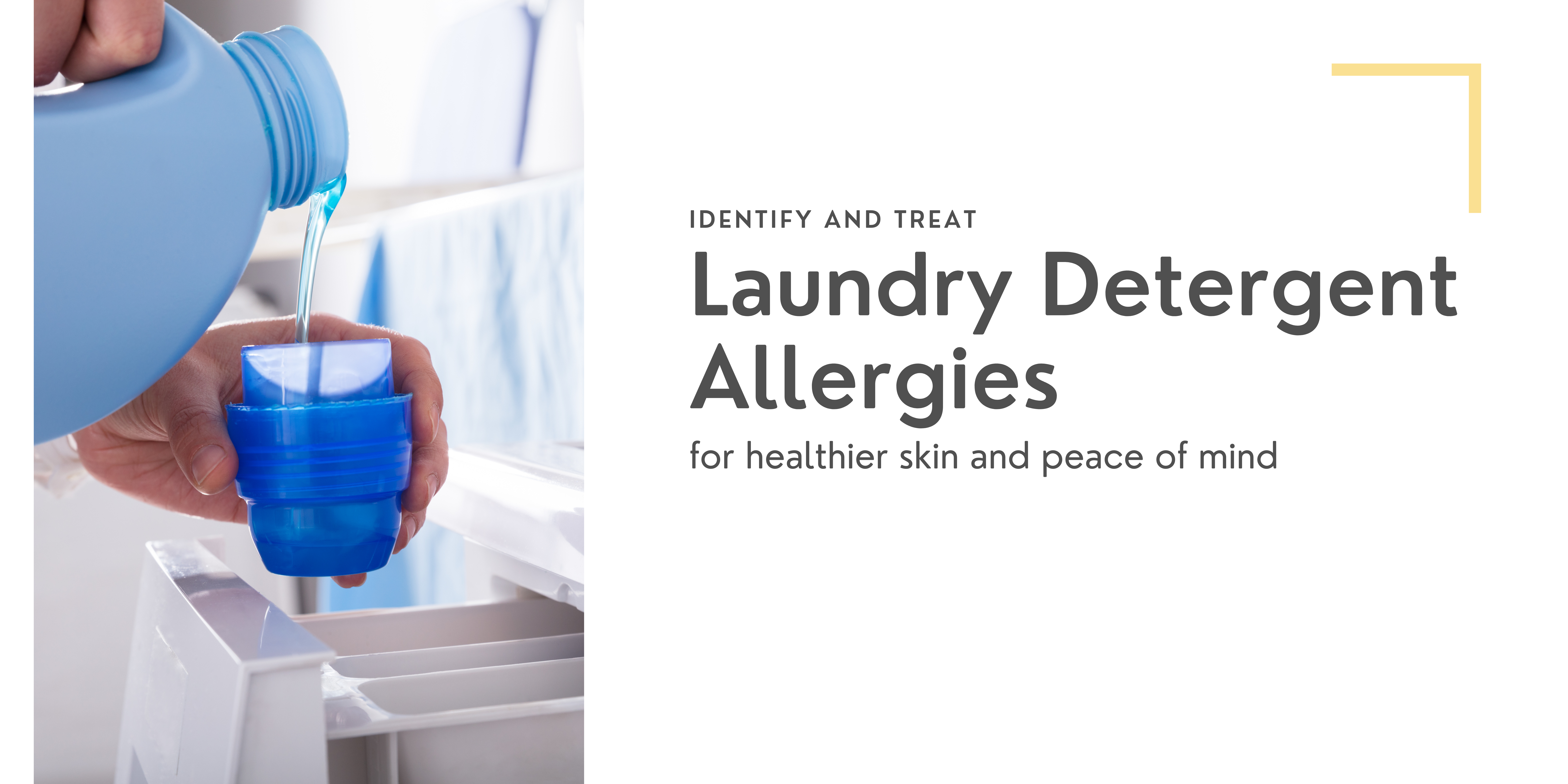How to Handle Laundry Detergent Allergies
Understanding Laundry Detergent Allergies: Identifying Symptoms, Finding Treatments, and Preventing Reactions
In today’s fast-paced world, maintaining a clean and healthy lifestyle extends beyond diet and exercise to include every aspect of our daily routines, even laundry. An increasingly common issue is laundry detergent allergies, a type of allergic reaction many might not even realize they’re suffering from. This blog explores the ins and outs of laundry detergent allergies, providing a comprehensive guide to understanding, diagnosing, and managing this condition.
Understanding Laundry Detergent Allergies
Laundry detergent allergies fall under contact dermatitis, a skin reaction upon contact with allergens or irritants found in laundry detergents. These reactions can manifest as itchy, red rashes, swelling, and even blisters or dry, scaly skin. Surprisingly, it’s not just about the brand or type of detergent but specific ingredients like fragrances, preservatives, and surfactants that trigger these reactions.
Identifying the Culprits
The primary offenders in laundry detergents include fragrances and dyes, giving clothes a fresh scent and vibrant color. However, these additives can cause adverse skin reactions. Surfactants remove dirt and stains, and preservatives, which extend shelf life, can also be problematic for sensitive individuals.
Symptoms to Watch For
Symptoms of a laundry detergent allergy include red skin, severe itching, and swelling in areas that come into contact with laundered clothes. It’s crucial to recognize these signs early and address the issue promptly.
Diagnosis and Treatment
Diagnosing a laundry detergent allergy involves observing symptoms and potentially undergoing patch testing. Treatment can range from home remedies like oatmeal baths and steroid creams to changing laundry detergents to hypoallergenic or dye-free alternatives.
Preventing Allergic Reactions
Prevention is critical in managing laundry detergent allergies. Opting for fragrance-free, dye-free, and hypoallergenic detergents can significantly reduce the risk. Additionally, using liquid detergents, which leave less residue, and double-rinsing clothes can help minimize exposure to allergens.
Expert Recommendations
Experts recommend being vigilant about laundry detergents’ ingredients and proactively choosing products that are less likely to cause allergic reactions. Brands like All Free Clear and Seventh Generation offer formulations designed for sensitive skin without the harsh chemicals found in traditional detergents.
As we become more aware of the ingredients in products we use daily, understanding the potential for allergic reactions to laundry detergent is crucial. By recognizing symptoms, seeking appropriate treatment, and taking preventive measures, individuals can mitigate the impact of these allergies and enjoy a healthier, more comfortable life. Whether switching to a hypoallergenic detergent or adopting more natural cleaning methods, the key is finding a solution that works for you and your skin.
Remember, overcoming a laundry detergent allergy starts with awareness and ends with action. Let this guide be your first step toward a rash-free, healthier lifestyle.

